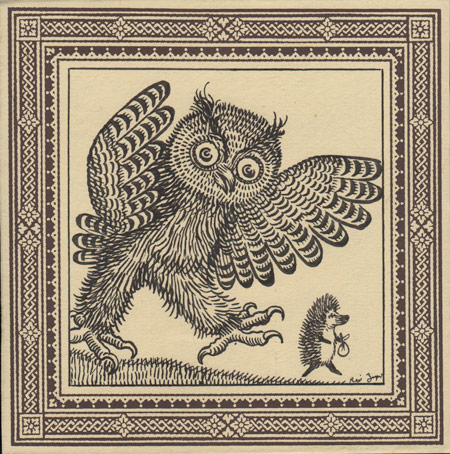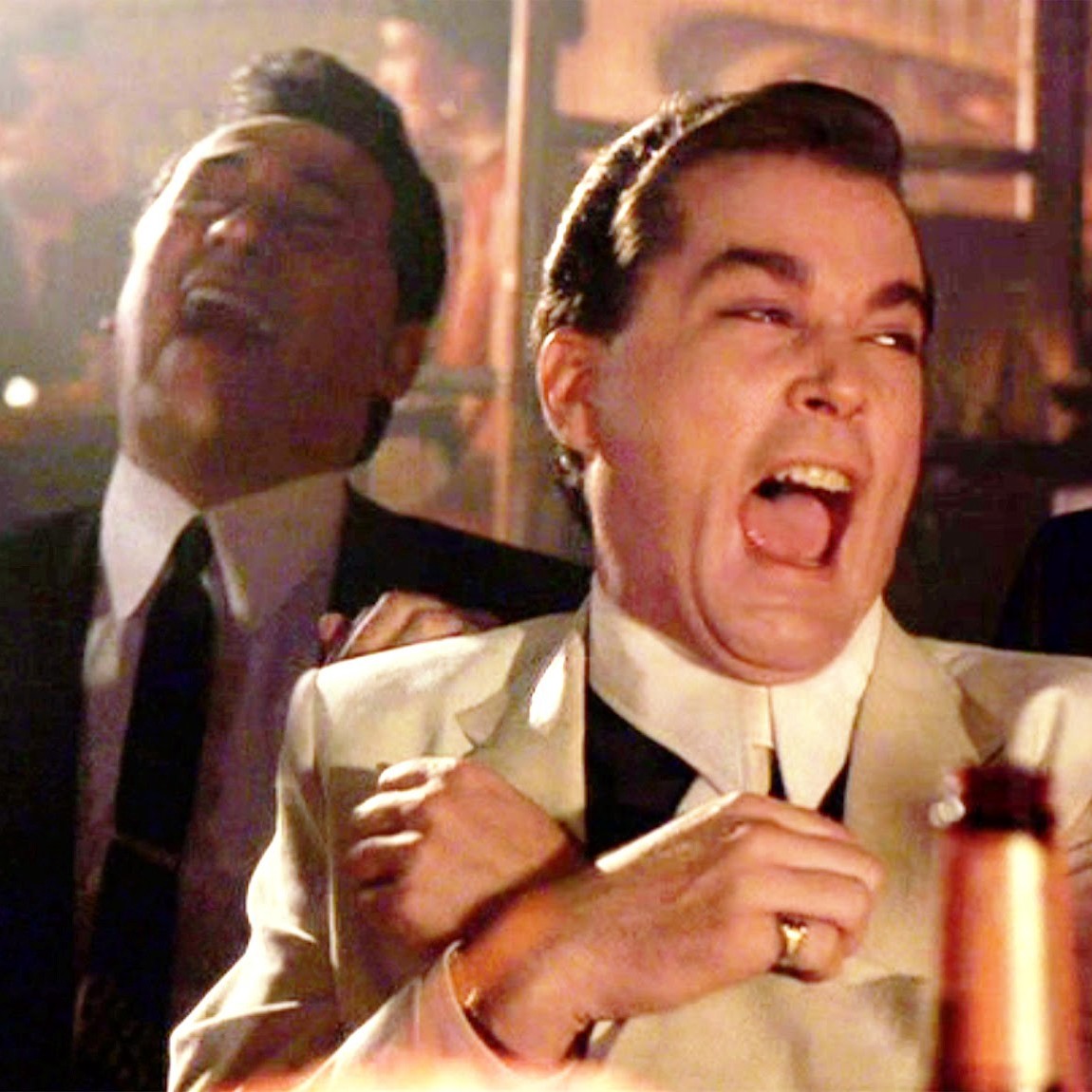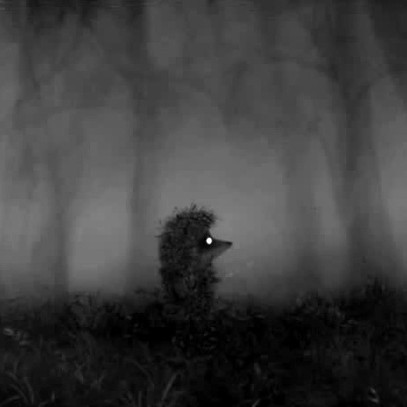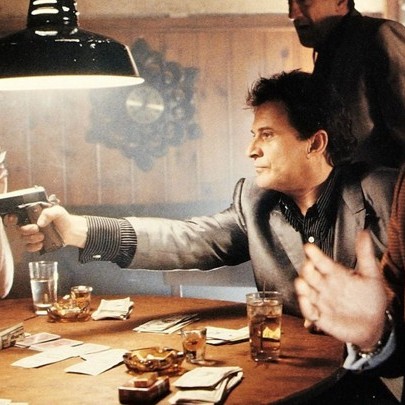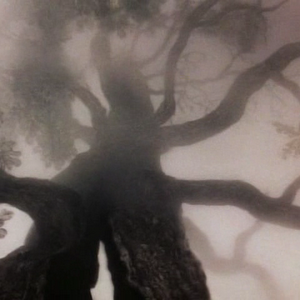HEDGEHOG IN THE FOG AND GOODFELLAS
Some of the greatest narrative composers in history like Kafka, Maurice Sendak, Borjes, Virginia Woolf and Spike Lee can be difficult to follow at first because of their strong focus on the enigmatic now. They are better understood after we give ourselves fully to the short animated masterpiece, Hedgehog in the Fog by Yuri Norstein.
It integrates mythology; dream; imagination; curiosity; confusion; anxiety; and waking, rational life to create a series of magical but ordinary events, perfectly depicting the early stages of a spiritual awakening. When we deviate from our comfortable, predictable routine we find previously unknown parts of our own minds. The film does have a plot but one without contrivances or boring formulas, much like many narratives by the authors listed above.
Goodfellas is another great example of this spontaneous, unformulaic structure. While comparable in substantial ways to other good gangster films (Menace 2 Society, Cyclo, Carlito’s Way etc.), the subtle, persistent sincerity and humor in Goodfellas elevate it above any other film in the genre. This series of odd, magical, often comical, poetic moments strung harmoniously together comprises the whole experience. Like Hedgehog in the Fog, it also contains a compelling narrative plot. But neither film’s plot is so arrogant as to interfere with the immediacy of these magic, poetic moments. The enigmatic now remains paramount.
If you decide to watch Hedgehog in the Fog, I advise you to do so with no other distractions. It deserves all of your love and attention and it will reward you. Set aside the full 10 minutes, put it on full screen.

